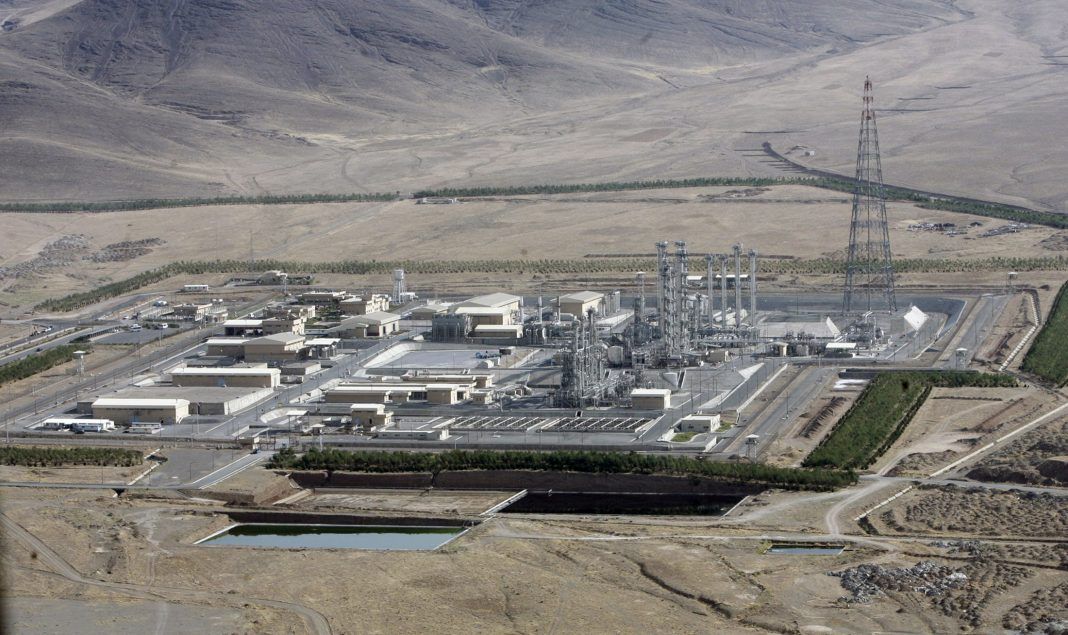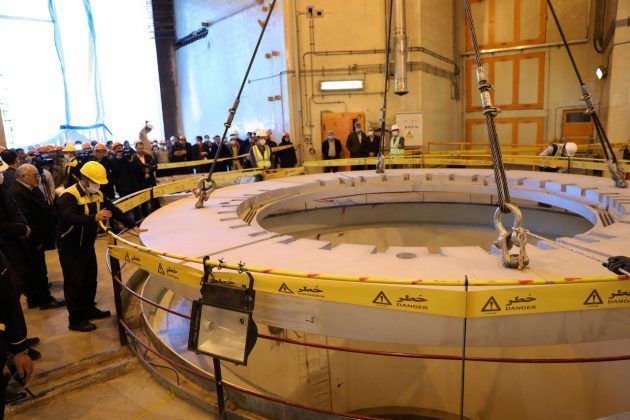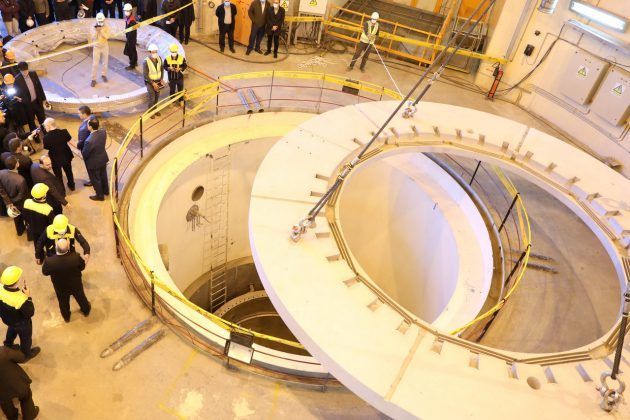GENEVA, Dec 23 (Reuters) – Iran unveiled a redevelopment of part of its Arak heavy water reactor on Monday – a move that did not breach international restrictions on its nuclear work but showed it is developing the sector in the face of U.S. pressure.
Iranian state media said technicians switched on a secondary circuit at Arak, a plant built to produce the heavy water used as a moderator to slow down reactions in the core of nuclear reactors.
“Today we are … starting a noteworthy section of the reactor,” the head of Iran‘s atomic agency, Ali Akbar Salehi, said in remarks broadcast live on state TV.
Tehran has been reactivating parts of its nuclear programme in protest at the United States’ withdrawal last year from an international deal meant to limit the Islamic Republic’s ability to develop a nuclear bomb.
Washington says its withdrawal and decision to reimpose sanctions lifted under the 2015 deal will force Iran to agree a broader pact.
Tehran has always said its nuclear work is for power generation, medical work and other peaceful purposes.
The secondary circuit was turned on as Iran worked on a modernisation of the Arak plant, the semi-official Mehr news agency reported.
[aesop_image img=”https://kayhanlife.com/wp-content/uploads/2018/08/2004-10-26T110000Z_1380479019_PBEAHUOFBFB_RTRMADP_3_IRAN.jpg” panorama=”off” credit=”FILE PHOTO: An Interior view of Arak heavy water production facility in Central Iran 360 km (223 miles) south west of Tehran.” align=”center” lightbox=”off” captionsrc=”custom” captionposition=”left” revealfx=”off” overlay_revealfx=”off”]
JAPAN WILLING
“The Arak heavy water nuclear reactor … consists of two circuits,” Mehr said.
“The first circuit is tasked with removing heat from the heart of the reactor, and the secondary circuit is responsible for transferring the heat from the first circuit to cooling towers and finally to the outside environment,” Mehr added.
Iran agreed to shut down the reactor at Arak, – about 250 km southwest of Tehran – under the 2015 deal. The foreign powers that signed the pact said the plant could eventually have produced plutonium, which can also be used in atom bombs.
But Iran was allowed to produce a limited amount of heavy water and Tehran has been working on redesigning the reactor. Tehran says it will make isotopes for medical and agricultural use.
The control room of the reactor, named Khondab, will take about five to six months to build and the remaining systems will be completed in about one year, Salehi told a news conference at the site.
The reactor will be ready for initial tests in the Iranian calendar year which will begin in March 2021, Salehi added.
Referring to President Hassan Rouhani’s visit to Japan last week, Salehi said Tokyo was willing to mediate between Tehran and Washington.
He said discussions between Iran, Japan and other countries had included a proposal for Tehran to give assurances that it was not seeking nuclear arms by re-issuing a fatwa issued in the early 2000s by Supreme Leader Ayatollah Ali Khamenei that bans the development or use of nuclear weapons.
(Reporting By Babak Dehghanpisheh and Dubai newsroom; Editing by Richard Pullin and Andrew Heavens)




